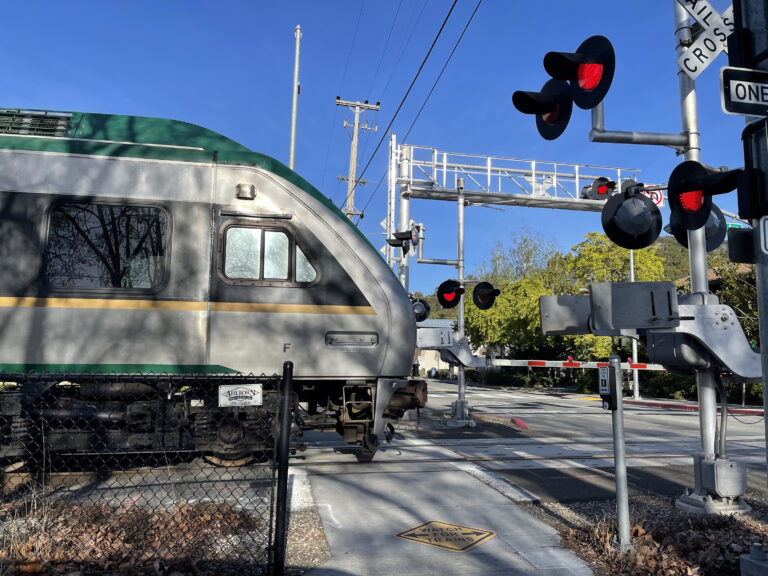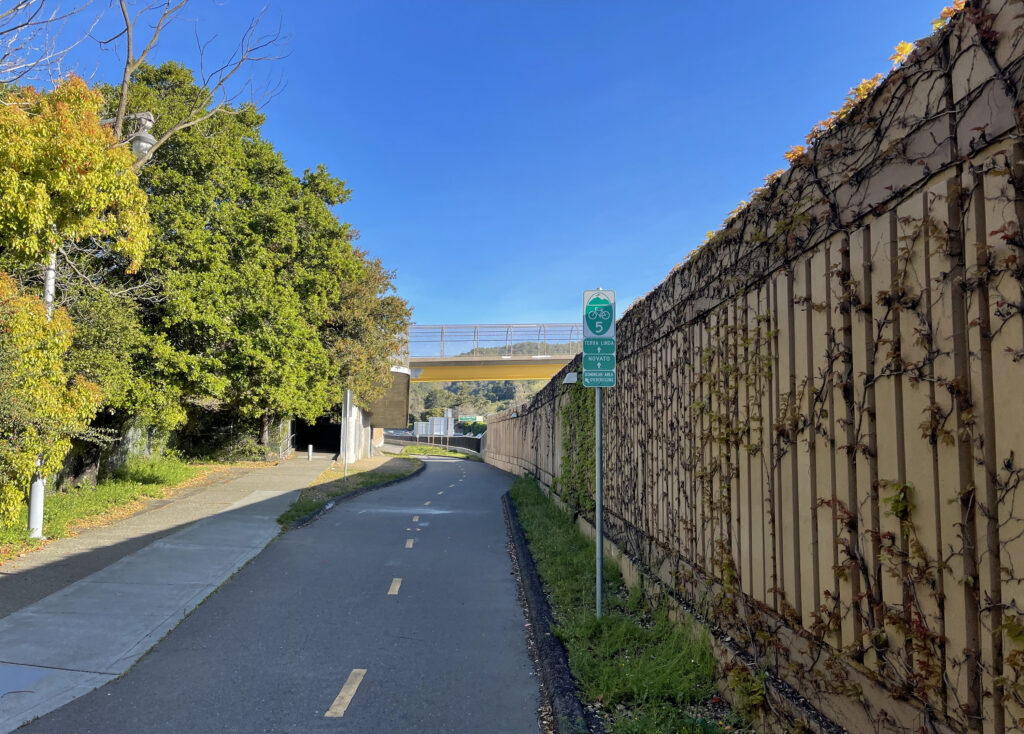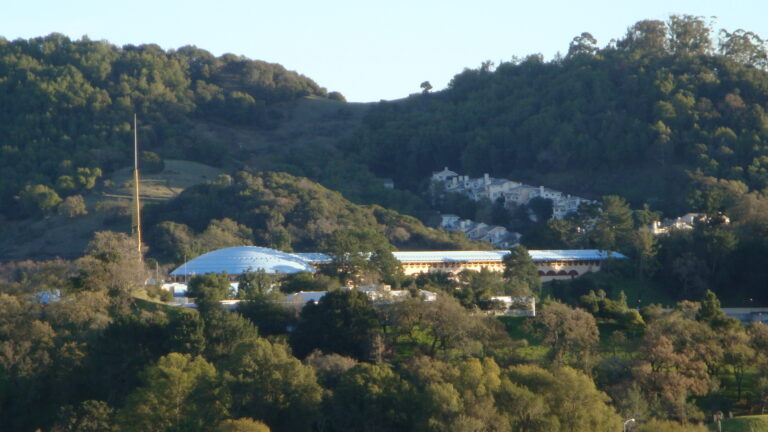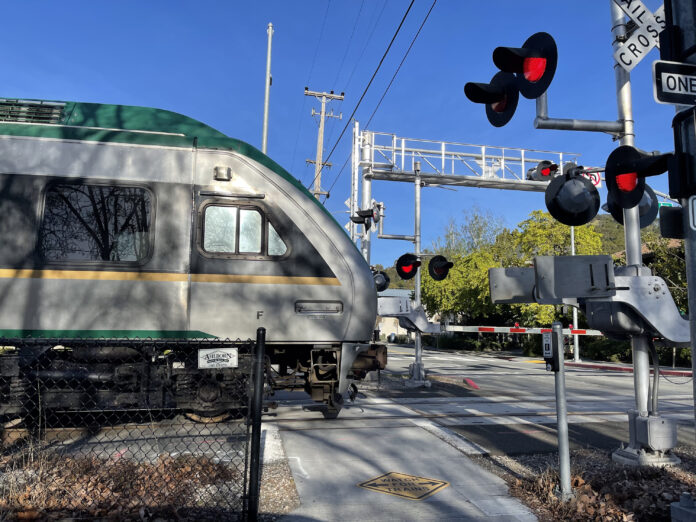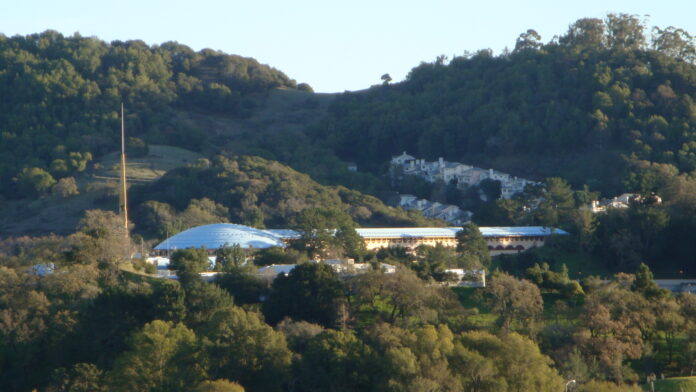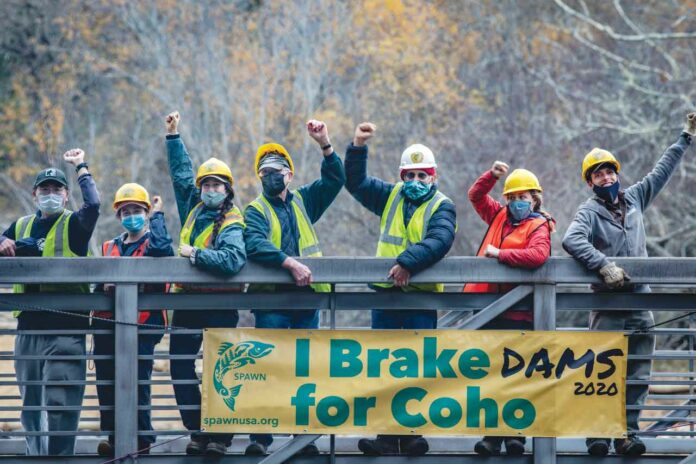With America’s working waterfronts under siege by developers building luxury condos, can Marinship, Sausalito’s working waterfront, survive?
If some members of the Sausalito City Council have their way, it won’t. They’re considering changing the zoning of the waterfront property, a mile-long stretch of land at the northern end of Sausalito, to allow for future housing development.
Sausalito city councilmembers Susan Cleveland-Knowles, Melissa Blaustein and Ian Sobieski want to build affordable housing in Marinship, according to their comments at a city council meeting in February. Though Mayor Jill Hoffman and Vice Mayor Janelle Kellman agree the city needs affordable housing, especially with the deadline for state-mandated affordable housing looming, they’re not in lockstep with plans to build it in the city’s working waterfront.
While supporters say the plan could bring much-needed affordable units, private developers usually build higher-priced units in the same development in order to make a profit.
“It’s mostly been private developers interested in Marinship, and any private developer is going to make sure it pencils out,” Kellman said. “In order to do that, they have to offset with market-rate housing. I’m not familiar with a private developer that’s able to go 100% affordable housing.”
The Sausalito Working Waterfront Coalition, a nonprofit organization comprised of local business owners, employees, property owners, artists and residents, aims to save Marinship and its hundreds of thriving enterprises by keeping housing out of the working waterfront.
Molly Strassel, owner of Molly’s Marine Service in Naples, Florida, shared her cautionary tale with the Coalition at a Zoom meeting last week. In the early 2000s, swanky condos were built next to her boatyard, which has been there for 24 years.
“Developers see the fantasy,” Strassel said. “Now, the condos complain about the dust and the noise.”
The City of Naples says her marine service is in compliance; however, in 2017, condo owners filed a lawsuit against Strassel’s business, alleging their property values have diminished, because they are next to a working boatyard. The litigation is ongoing.
Much to the chagrin of the Coalition, the Sausalito City Council is talking about getting rid of the Marinship Specific Plan, last revised in 1989, and incorporating it into the Sausalito General Plan. The Coalition wants to continue abiding by the zoning in the Marinship Specific Plan, which permits art, maritime and industrial businesses, while prohibiting residential use and limiting commercial office space.
“By incorporating the Marinship Specific Plan into the General Plan and then doing a zoning ordinance amendment, the door is wide open for other uses to enter the Marinship area,” Kellman said.
Housing doesn’t belong in Marinship, says John DiRe, a retired engineer who is a member of the Coalition and the Sausalito General Plan committee.
“There are other places in Sausalito for affordable housing,” DiRe said. “There’s room for dozens of additional floating homes. City-owned property is also available, and that would make it easier to develop.”
In fact, the city has identified several properties, other than Marinship, where affordable housing could be built: the city-owned Corporate Yard on Nevada Street, the privately-owned Olive/Bridgeway offices and various privately-owned property on the north end of Bridgeway.
In addition to the need to preserve the vital arts, maritime and industrial businesses, there are many reasons the city should keep housing and other uses out of Marinship, the Coalition argues.
The companies in Marinship continued to flourish during the pandemic, saving Sausalito’s tax base. In the first quarter last year, Marinship paid 75% of the city’s total business license tax, 48% of the secured property tax, 76% of the unsecured property tax and 48% of sales tax, according to DiRe.
There are also environmental problems.
“Marinship is in a flood zone and built on landfill,” DiRe said. “Groundwater is coming up. There’s the problem of sea level rise. And there’s already been two sites where toxic contamination has been documented. This all makes it incompatible with housing.”
Many people equate affordable housing with equity, and that’s certainly necessary in Sausalito, which is 87% white. However, placing all the affordable housing in one location is segregation. True diversity is accomplished by integrating our community and having affordable housing located throughout the city, Kellman says.
“If you genuinely believe in diversity, you integrate,” Kellman said. “I want affordable housing and I want to ensure diversity. I’m also not going to relegate our BIPOC population to areas that are known to be contaminated, flooding and/or sinking.”
Many residents aren’t familiar with the importance of protecting Marinship, which started in World War II and built 93 ships for the war effort.
I’ve lived in Sausalito for more than 30 years, but never knew much about Marinship. Sure, I dine at Fish, rent kayaks from Sea Trek and visit the art studios at the ICB Building. Yet, until I went on a tour last week, I never paid much attention to the maritime and light-industrial businesses hidden along the narrow streets of Marinship.
While at the innovative Universal Sonar Mount, I met a robot that helps manufacture their products. Owner Reason Bradley says the company, which has been at Marinship for 15 years, has secured seven patents based on their work there.
They developed the test equipment for the Square credit card reader. In September, they joined forces with the United States Geological Survey to map the floor of Lake Tahoe. And when the pandemic began last year and hospitals didn’t have enough personal protective equipment, Universal Sonar Mount collaborated with several other Marinship companies to produce 15,000 face masks that were donated to local hospitals, the Navajo Nation and other hospitals nationwide.
I watched workers repairing a 200-ton, four-story boat that was hauled out of the water at Bayside Boatworks, which Mike Linder has owned for more than 32 years. He employs 10 full-time and two part-time employees, all of whom kept working throughout the pandemic.
Aquamaison builds floating homes and concrete barges. In business for more than 42 years, the company’s homes have been featured in Architectural Digest. Owner Ian Moody says he doesn’t know of another company in the Bay Area building concrete barges for floating homes.
”Our industrial capabilities and our micro manufacturing are entirely unique in all of Southern Marin and much of the Bay Area,” Kellman said. “We’re the only ones in Southern Marin that have it. It’s part of the culture of Sausalito. This is the fabric of our community. We are a waterfront community.”





